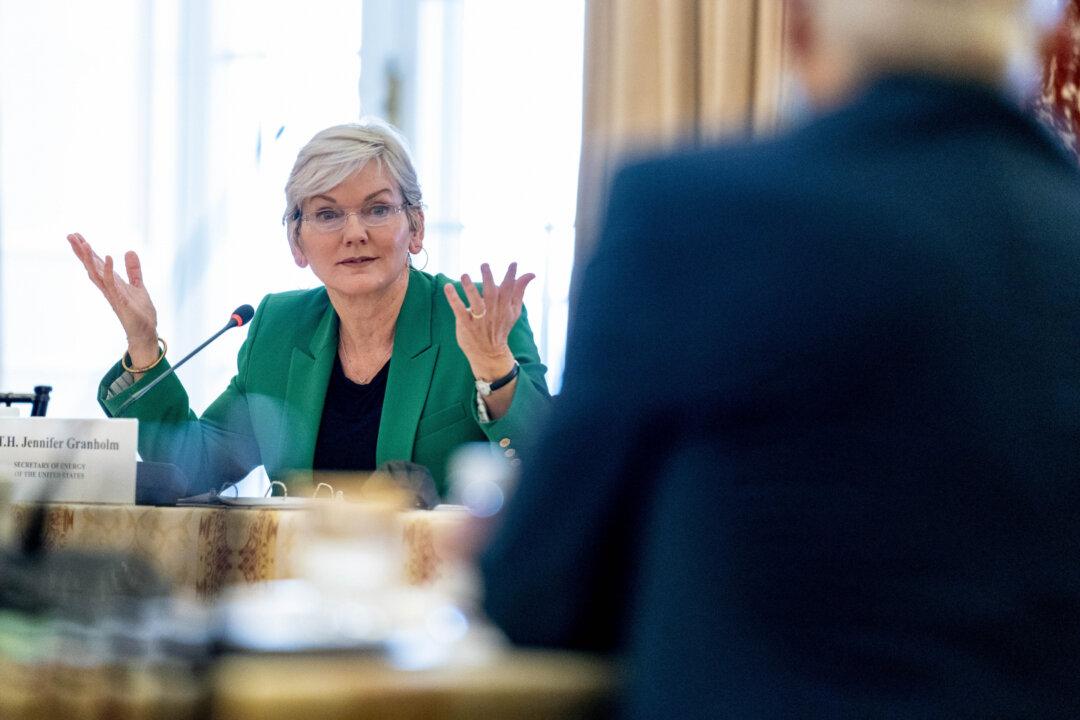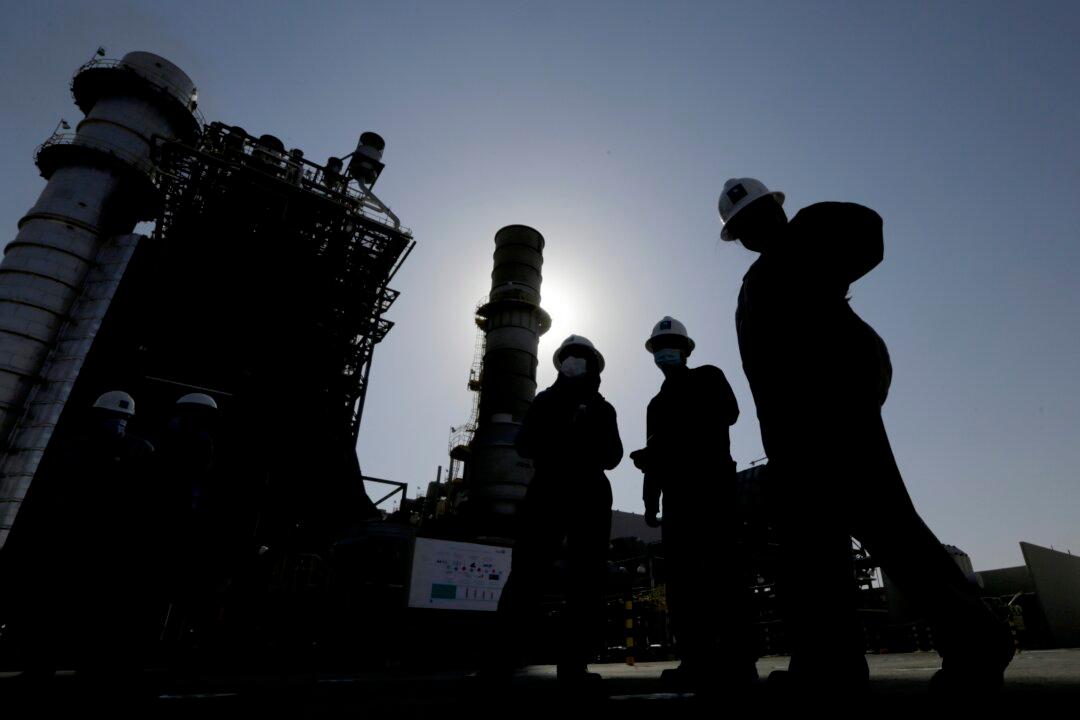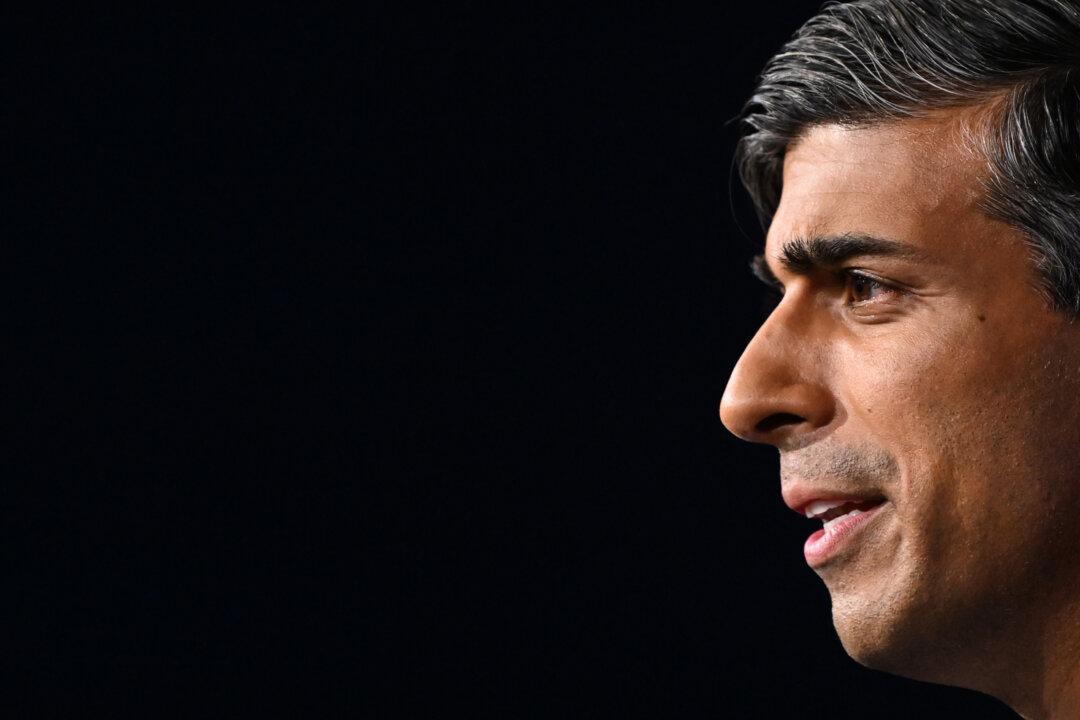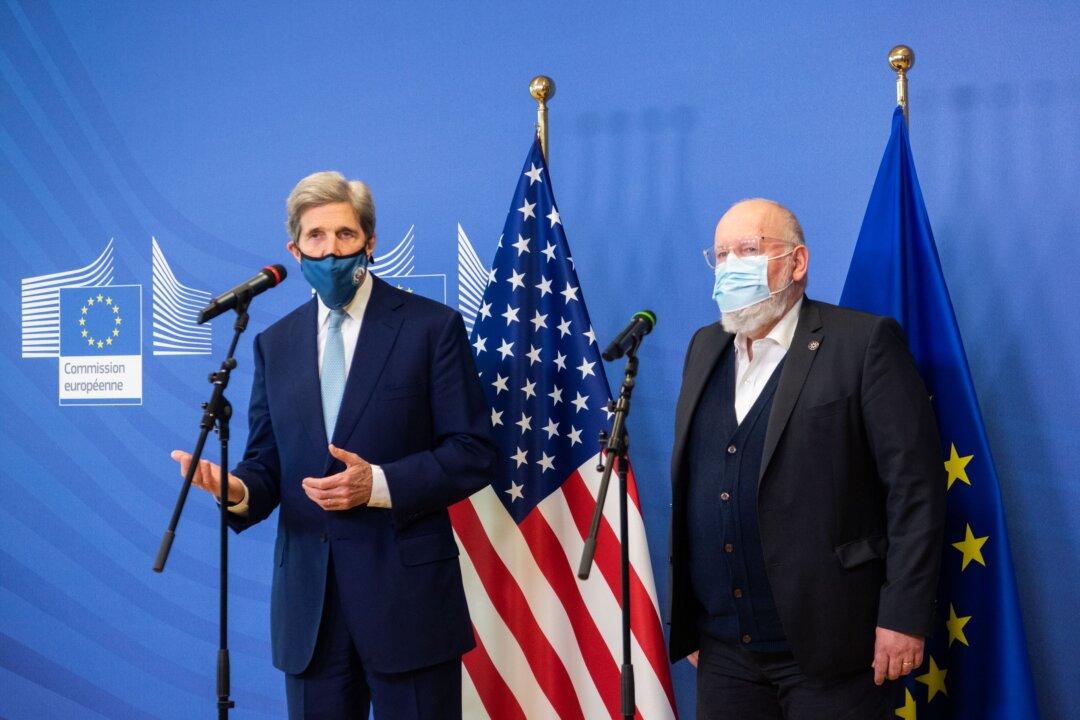Commentary
The day after President Joe Biden announced that the United States would ban imports of Russian oil and gas, a group of 11 powerful European investment funds that includes Amundi, Europe’s largest asset manager, outlined plans to force Credit Suisse, Switzerland’s second-largest bank, to cut its lending to oil and gas companies. The juxtaposition of these two events dramatizes the fundamental disunity of the West.





